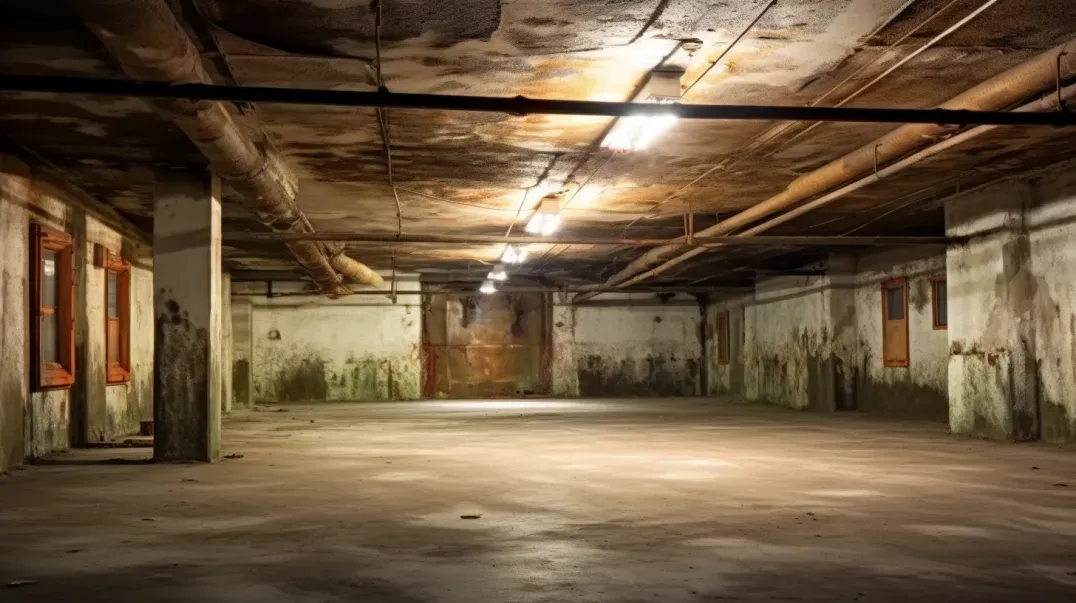In the unseen underbelly of our homes lies a critical component that often goes unnoticed until problems arise—the crawl space. This hidden area, if not properly ventilated, can become a breeding ground for moisture, mold, and a host of other issues that threaten the structural integrity of our homes and the health of our families. Proper crawl space venting is not just a building requirement; it's a vital practice for preserving the longevity of our homes and ensuring a healthy living environment. This blog dives deep into the importance of effective crawl space venting, highlighting the dual goals of maintaining system efficiency and home health, all while keeping an eye on affordable solutions.
The significance of crawl space ventilation extends beyond just air circulation; it's about creating a balance. A balance that prevents the accumulation of harmful moisture, combats the growth of mold, and deters pests—all while promoting a healthier air quality in the living spaces above. However, the challenge for many homeowners lies in achieving this balance without breaking the bank. The good news is that efficient and effective crawl space venting doesn't have to be expensive. With the right knowledge and approach, there are numerous affordable solutions available that can protect your home and health without compromising on quality or efficiency.
From exploring the basics of crawl space venting principles to navigating the myriad of cost-effective venting solutions, this guide aims to equip homeowners with the knowledge they need to make informed decisions. Whether it's understanding the role of passive vents, the benefits of vent covers, or the efficiency of automated venting systems, we'll cover the spectrum of options that cater to diverse needs and budgets.
Join us as we unravel the complexities of crawl space venting, offering insights, tips, and practical advice on how to enhance the health of your home's foundation affordably. Because ensuring the well-being of your home shouldn't be a luxury—it should be a priority accessible to all.
The Link Between Crawl Space and Air Quality
The quality of air within our homes is influenced by various factors, with the condition of the crawl space playing a pivotal role that is often underestimated. Understanding the science of air circulation and the impact of crawl space conditions on indoor air quality is essential for maintaining a healthy living environment. This guide delves into the basic principles of how air circulates in a home and explores how issues in the crawl space can adversely affect indoor air quality.
Understanding the Science of Air Circulation
Air circulation within a home is governed by several principles, with the "stack effect" being a key factor. Here’s a basic overview of how air circulates and the role of the stack effect:
- The Stack Effect: This phenomenon occurs as warm air rises within a home, creating a low-pressure area at lower levels that draws cooler air into the house from outside or from unconditioned spaces like crawl spaces. As warm air exits through upper windows or vents, it pulls air from the crawl space into the main living areas, influencing the overall indoor air quality.
- Ventilation: Proper ventilation helps manage and direct air flow throughout the home, ensuring that fresh air is introduced and stale air is expelled. Ventilation systems, whether natural or mechanical, play a crucial role in maintaining air quality by mitigating the stack effect and ensuring efficient air exchange.
- Air Sealing: Sealing leaks and gaps in the home's envelope can control unwanted air exchange, which can be especially important in minimizing the impact of the stack effect. Effective air sealing ensures that conditioned air stays inside, and unconditioned or moist air from crawl spaces does not infiltrate living spaces.
Impact of Crawl Space Conditions on Indoor Air
The condition of your crawl space can significantly impact the air quality of your entire home. Here are some ways in which crawl space issues can lead to poor indoor air quality:
- Moisture and Mold: Excessive moisture in the crawl space can lead to mold growth. As air circulates through the home, mold spores from the crawl space can enter living areas, potentially causing health issues and allergic reactions.
- Radon and Gases: The crawl space can act as a reservoir for radon gas and other soil gases, which can then seep into the home due to the stack effect. Radon is a known health hazard, making it crucial to address any crawl space issues that could facilitate its entry into the home.
- Pests and Odors: The crawl space can harbor pests and produce odors that, when drawn into the main living areas, can affect comfort and air quality. Sealing and properly ventilating the crawl space can help mitigate these issues.
Addressing crawl space issues is not just about protecting the structure of your home; it's also about safeguarding the health of its occupants. By understanding the science of air circulation and taking steps to maintain a clean, dry, and well-ventilated crawl space, homeowners can significantly improve indoor air quality and create a healthier living environment.
Common Crawl Space Ventilation Issues
Proper ventilation in the crawl space is crucial for maintaining the structural integrity of your home and ensuring a healthy living environment. However, many homeowners face common ventilation issues that can lead to significant problems if left unaddressed. Understanding how to identify poor ventilation signs and the causes of ventilation problems is the first step towards mitigating these issues. This guide explores the symptoms of inadequate ventilation and the common factors that contribute to poor crawl space ventilation.
Identifying Poor Ventilation Signs
Inadequate ventilation in the crawl space can manifest in several ways, impacting both the structure of your home and the health of its occupants. Here are key symptoms to watch for:
- Musty Odors: A telltale sign of poor ventilation is the presence of musty odors emanating from the crawl space. These odors can infiltrate living areas, indicating mold or mildew growth due to excess moisture.
- Increased Humidity: High humidity levels in the crawl space can lead to condensation, fostering an environment conducive to mold growth and wood rot. If indoor humidity levels are consistently high, it may be a sign of inadequate crawl space ventilation.
- Mold and Mildew Growth: Visible mold or mildew on crawl space surfaces is a direct consequence of poor ventilation. Mold thrives in moist, poorly ventilated environments, posing health risks and damaging building materials.
- Pest Infestations: The crawl space can become a haven for pests seeking shelter in damp, dark environments. Inadequate ventilation contributes to these conditions, attracting pests that can cause further damage.
Causes of Ventilation Problems
Several factors can contribute to poor crawl space ventilation, leading to the issues outlined above. Understanding these causes can help homeowners address and prevent ventilation problems:
- Blocked or Insufficient Vents: One of the most common causes of poor ventilation is blocked or insufficiently sized vents. Vents can become obstructed by debris, insulation, or external coverings, reducing airflow.
- High External Humidity: In areas with high outdoor humidity, crawl space vents can introduce moist air into the space, exacerbating moisture problems rather than alleviating them.
- Inadequate Sealing: Gaps or cracks in the crawl space walls or around vent openings can allow external moisture to infiltrate, reducing the effectiveness of ventilation efforts.
- Lack of a Vapor Barrier: The absence of a vapor barrier on the crawl space floor can allow ground moisture to evaporate into the crawl space air, increasing humidity levels and overwhelming the ventilation system.
Addressing these common causes of ventilation problems requires a comprehensive approach that may include cleaning or adding vents, installing vapor barriers, and considering encapsulation or dehumidification solutions in high humidity areas. By proactively identifying and addressing the signs and causes of poor crawl space ventilation, homeowners can protect their homes from moisture-related damage and create a healthier living environment.
Effective Ventilation Strategies
Maintaining a well-ventilated crawl space is essential for protecting the structural integrity of your home, preventing moisture-related issues, and ensuring a healthy indoor environment. Understanding the differences between natural and mechanical ventilation systems, along with implementing best practices for optimal ventilation, can help homeowners make informed decisions to achieve these goals. This guide explores the benefits and limitations of both ventilation types and outlines guidelines for effective crawl space ventilation.
Natural vs. Mechanical Ventilation
Natural Ventilation relies on the natural flow of air through vents or openings without the use of fans or mechanical systems. It's often achieved through strategically placed vents that allow air to circulate by the principles of wind and thermal buoyancy.
Benefits:
- Cost-effective, as it requires no energy consumption.
- Low maintenance, with no mechanical parts to repair or replace.
- Can be sufficient in areas with mild climates and low humidity levels.
Limitations:
- Effectiveness is dependent on external weather conditions and may not provide adequate ventilation in all climates.
- May introduce humid air into the crawl space during wet seasons, potentially exacerbating moisture issues.
Limited control over airflow rates and direction.
Mechanical Ventilation involves the use of powered fans or other mechanical systems to control the flow of air in and out of the crawl space.
Benefits:
- Provides consistent airflow regardless of external weather conditions.
- Can be equipped with humidity sensors to activate the system only when needed, improving energy efficiency.
- Offers greater control over ventilation rates and moisture management.
Limitations:
- Higher installation and operational costs due to energy consumption and maintenance requirements.
- Requires a power source, which may limit placement options.
- Potential for mechanical failure necessitates regular inspections and maintenance.
- Best Practices for Optimal Ventilation
To ensure effective ventilation in crawl spaces, consider the following guidelines:
- Assess Ventilation Needs: Evaluate your home's specific requirements based on climate, crawl space size, and existing moisture levels. This assessment will help determine whether natural, mechanical, or a combination of both ventilation types is most appropriate.
- Ensure Adequate Vent Placement: Vents should be evenly distributed around the crawl space perimeter to facilitate cross-ventilation. For mechanical systems, position fans or vents to maximize airflow coverage.
- Regular Maintenance: Keep vents clear of obstructions such as debris, insulation, or vegetation. For mechanical systems, perform regular inspections and maintenance to ensure optimal performance.
- Use Vapor Barriers: A vapor barrier on the crawl space floor can significantly reduce ground moisture evaporation, complementing the ventilation system's efforts to control humidity levels.
- Monitor Humidity Levels: Use a hygrometer to regularly monitor the humidity in the crawl space. Adjust your ventilation strategy as needed to maintain humidity levels below 60% to prevent mold growth and moisture damage.
By understanding the benefits and limitations of natural and mechanical ventilation systems and implementing best practices for optimal ventilation, homeowners can effectively manage crawl space conditions. This proactive approach contributes to the longevity of the home's structure, prevents moisture-related problems, and ensures a healthier indoor air quality.
Addressing Moisture and Humidity Control
Controlling moisture and humidity levels within your home is crucial for protecting its structural integrity, preventing health issues, and maintaining overall air quality. Excessive moisture can lead to mold growth, attract pests, and cause various materials to deteriorate, compromising the comfort and safety of your living environment. This guide explores the importance of moisture management and discusses how dehumidifiers and vapor barriers can be effectively integrated to ensure healthier air.
Importance of Moisture Management
Moisture control is fundamental to preserving indoor air quality and ensuring a healthy home environment. Here's why managing moisture levels is essential:
- Prevents Mold and Mildew: Excessive humidity provides the perfect conditions for mold and mildew growth, which can lead to health problems such as allergies, respiratory issues, and other ailments. By controlling moisture, you significantly reduce the risk of mold proliferation.
- Protects Home Structure: Moisture can weaken wooden structures, corrode metals, and damage other building materials. Effective moisture management helps maintain the integrity of your home's structure.
- Enhances Comfort: High humidity levels can make indoor environments feel stuffy and uncomfortable. Controlling moisture improves the overall comfort of your living spaces.
- Improves Air Quality: By preventing mold growth and reducing dampness, moisture control contributes to cleaner, healthier indoor air, which is especially important for individuals with asthma or allergies.
Integrating Dehumidifiers and Vapor Barriers
Combining dehumidifiers and vapor barriers offers a comprehensive approach to controlling moisture and humidity levels:
- Dehumidifiers: These devices remove moisture from the air, helping to maintain desired humidity levels within your home. Dehumidifiers are particularly useful in naturally damp areas, such as basements and crawl spaces, or in regions with high humidity. For optimal results, choose a dehumidifier with a capacity appropriate for the size of the space and the level of humidity control needed.
- Vapor Barriers: Installing a vapor barrier, especially in the crawl space or basement, can prevent moisture from the ground from entering your home. Vapor barriers are typically made from plastic or foil sheets that are laid over the ground or attached to the foundation walls. This barrier works in tandem with dehumidifiers by minimizing the source of moisture, making it easier to maintain healthy humidity levels.
- Proper Installation and Maintenance: For dehumidifiers, regular cleaning and maintenance ensure they operate efficiently and effectively. For vapor barriers, ensure proper installation to cover all exposed ground and secure it to foundation walls, preventing any moisture seepage.
By integrating dehumidifiers and vapor barriers into your home's moisture control strategy, you can effectively manage humidity levels, contributing to a healthier, more comfortable living environment. This proactive approach to moisture and humidity control not only enhances air quality but also protects your home and health.
Upgrading Your Crawl Space Ventilation
Ensuring your home's crawl space is properly ventilated is crucial for maintaining the structural integrity of your property, preventing moisture-related issues, and ensuring a healthy living environment. However, as homes age or environmental conditions change, the existing ventilation system may no longer suffice. Recognizing when to consider an upgrade and understanding the modern ventilation solutions available can significantly impact your home's health and durability. This guide explores the key indicators for upgrading your crawl space ventilation and highlights advanced options for enhancing air quality and moisture control.
When to Consider an Upgrade
Several signs indicate your current crawl space ventilation system may need an upgrade:
- Persistent Moisture Issues: If you're experiencing ongoing problems with moisture, such as mold growth, dampness, or rotting wood, despite having a ventilation system in place, it may be time for an upgrade.
- Increased Energy Costs: Inefficient ventilation can lead to higher energy bills as your heating and cooling systems work harder to maintain comfortable indoor temperatures.
- Changes in Home Use or Climate: Renovations that alter your home's layout or changes in your local climate (such as increased humidity levels) can render your existing ventilation system inadequate.
- Aging Ventilation System: Over time, vents can become blocked, damaged, or simply outdated. Newer ventilation technologies may offer more efficient and effective solutions.
Modern Ventilation Solutions
Advancements in technology have led to a variety of modern ventilation solutions that offer improved efficiency and control over your crawl space environment:
- Automated Vent Systems: These systems include vents that automatically open and close based on humidity levels, ensuring optimal ventilation without manual intervention. This smart technology can significantly improve moisture control and energy efficiency.
- Dehumidifiers: While not a ventilation solution per se, incorporating a dehumidifier into your crawl space can complement your ventilation efforts, especially in areas with high humidity levels. Modern dehumidifiers are energy-efficient and can be set to maintain specific humidity thresholds.
- Exhaust Fans: Installing exhaust fans can help actively remove moist air from the crawl space, enhancing the effectiveness of natural ventilation. Some models are equipped with humidistats or timers for automated operation.
- Crawl Space Encapsulation: This involves sealing the crawl space with a vapor barrier and often integrating a dehumidifier or conditioned air supply. While more of a comprehensive moisture control solution than simple ventilation, encapsulation can dramatically improve air quality and energy efficiency.
- Conditioned Air Ventilation: Introducing conditioned air from your HVAC system into the crawl space can help regulate temperature and moisture levels, providing a modern alternative to traditional venting methods.
Upgrading your crawl space ventilation system can lead to significant improvements in air quality, moisture control, and energy efficiency. By recognizing the signs that an upgrade is needed and exploring modern ventilation solutions, homeowners can take proactive steps to protect their homes and enhance their living environment.
FAQs
Contact Trench Guys Today!
Trench Guys will do everything we can to ensure your experience with us is excellent.
Request A FREE Estimate
Request a Free Estimate Form
Checkout Recent Post
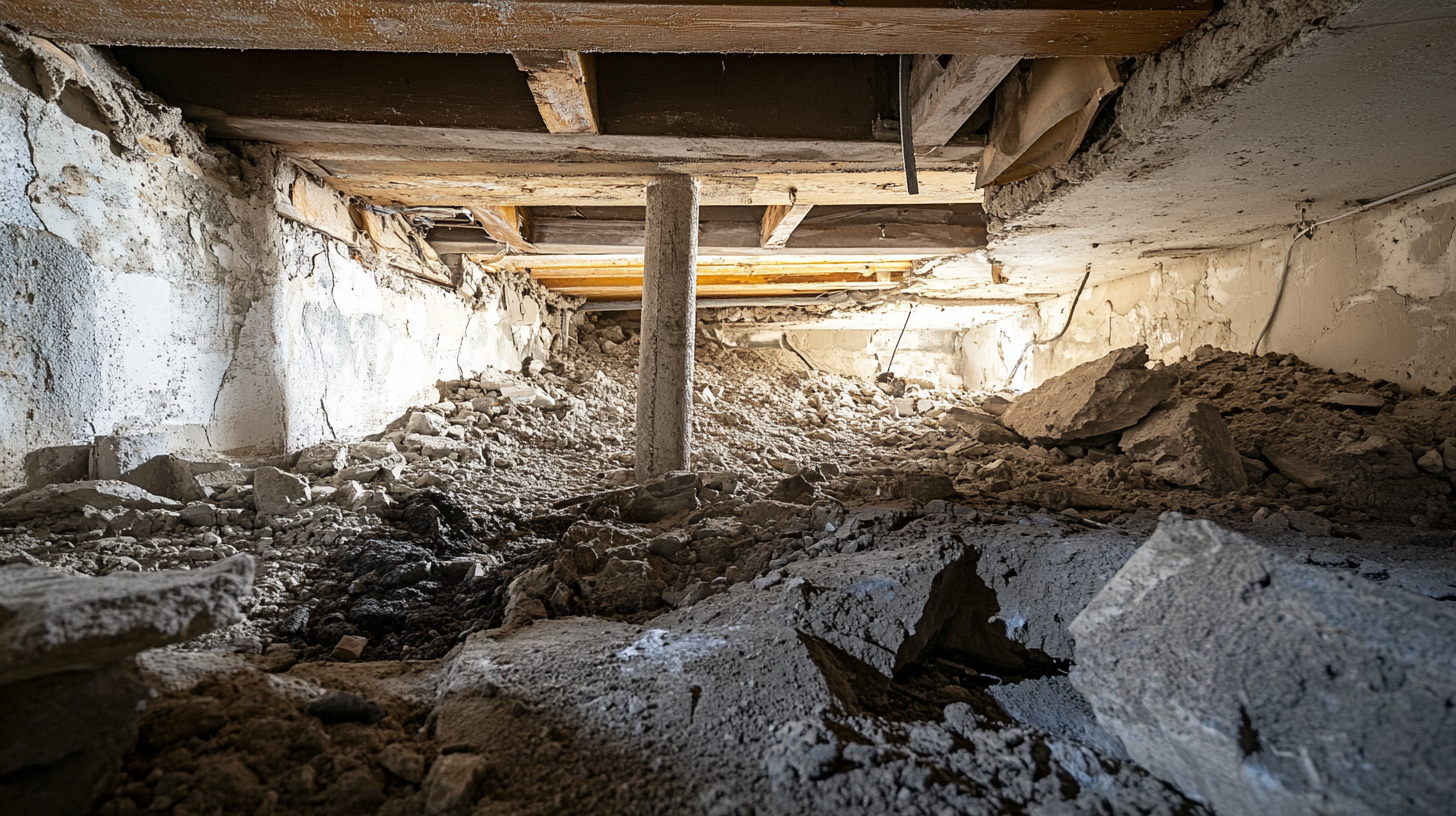
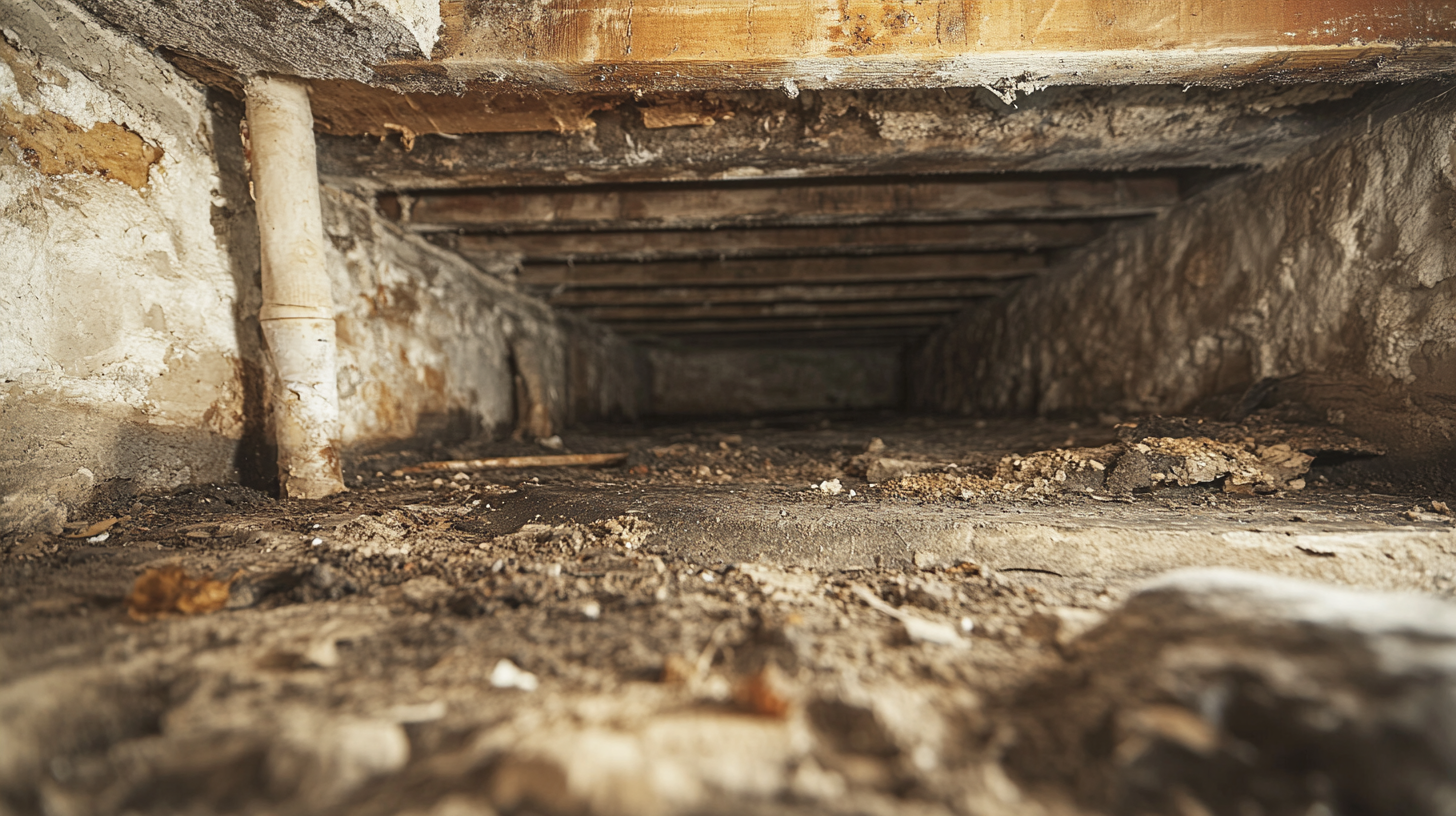
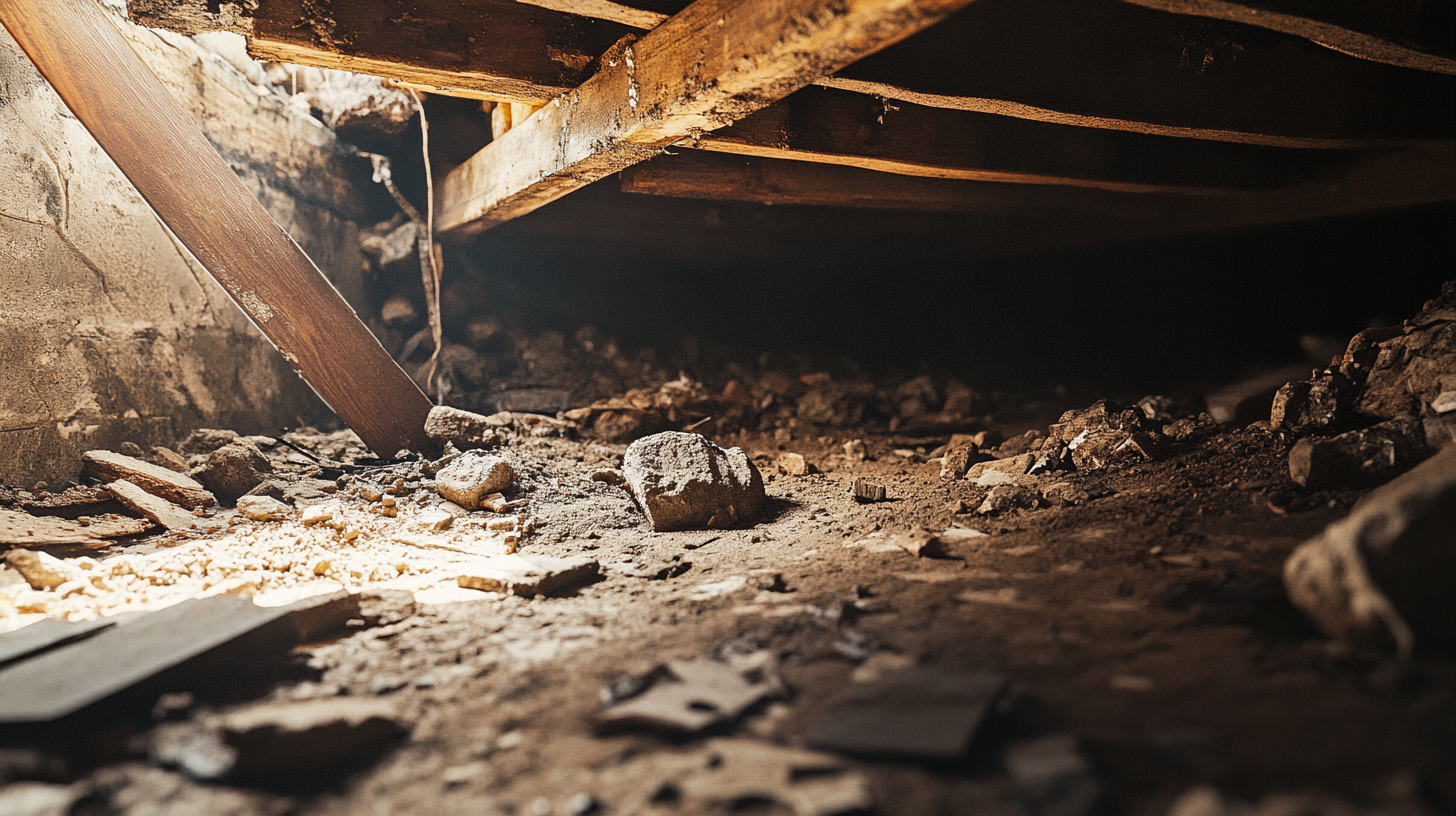
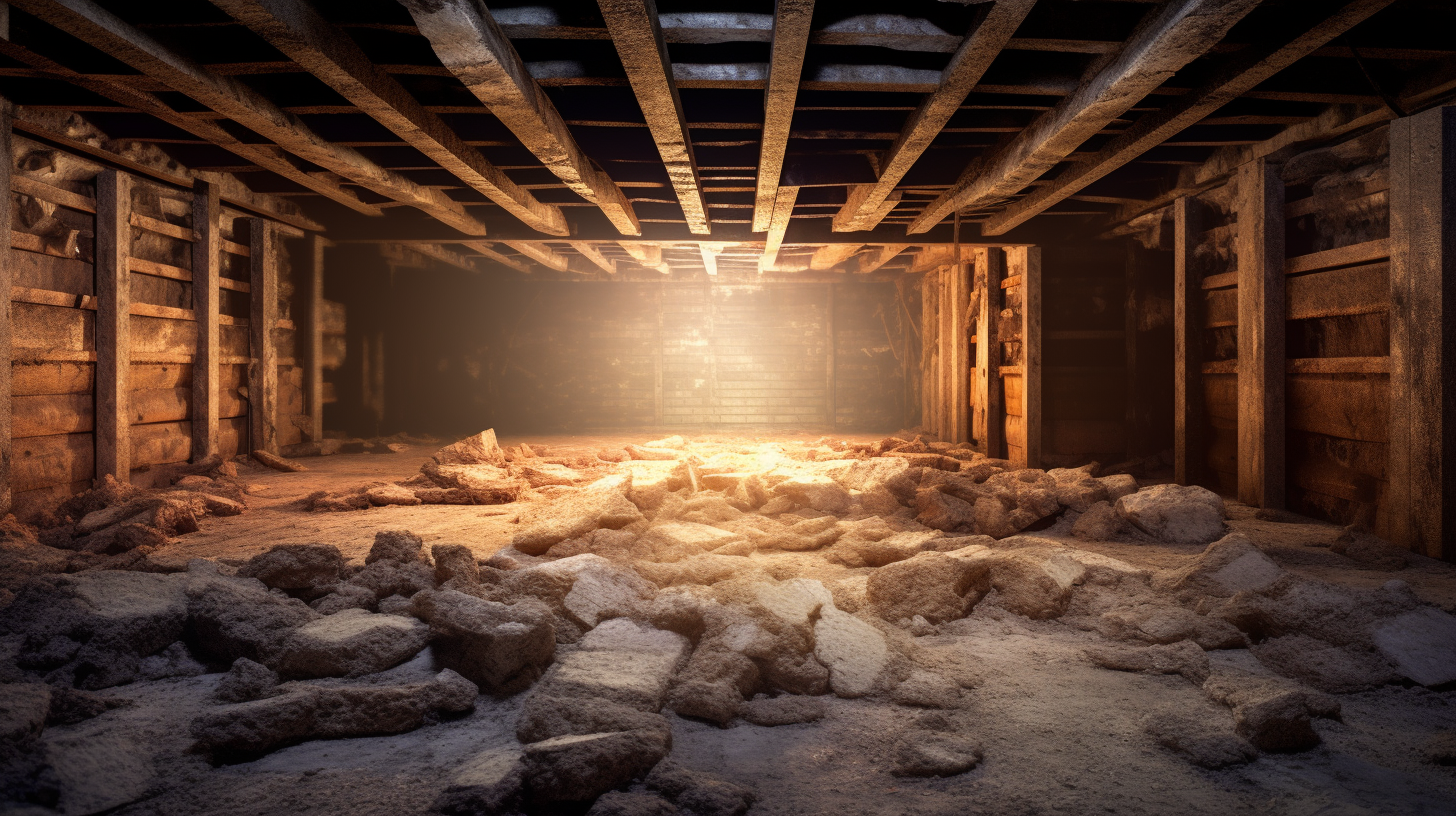
Got a Question? We’re Here to Help.
You can arrange an appointment or make an enquiry by phone or email, orget in touch to us via our contact form.


